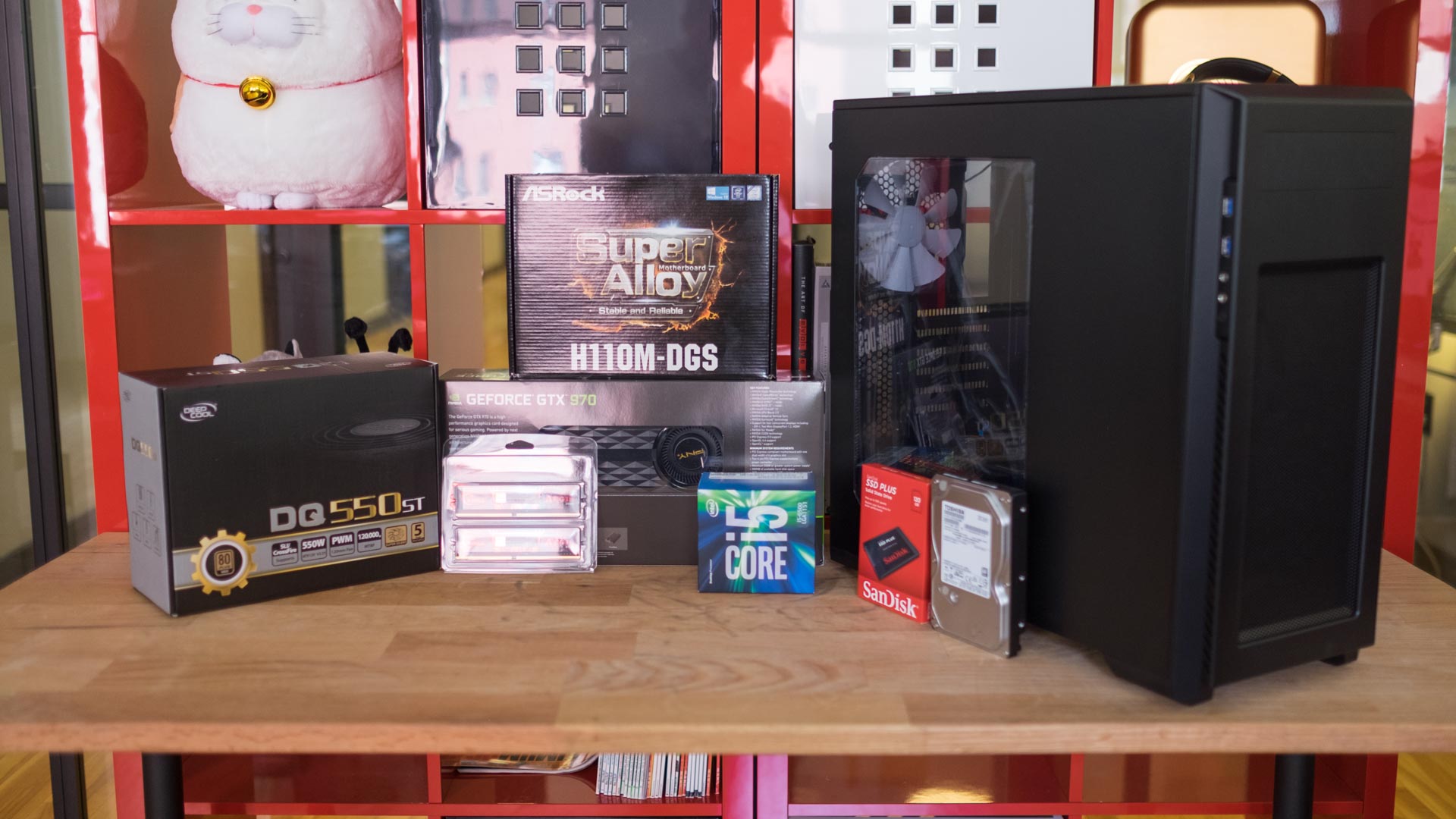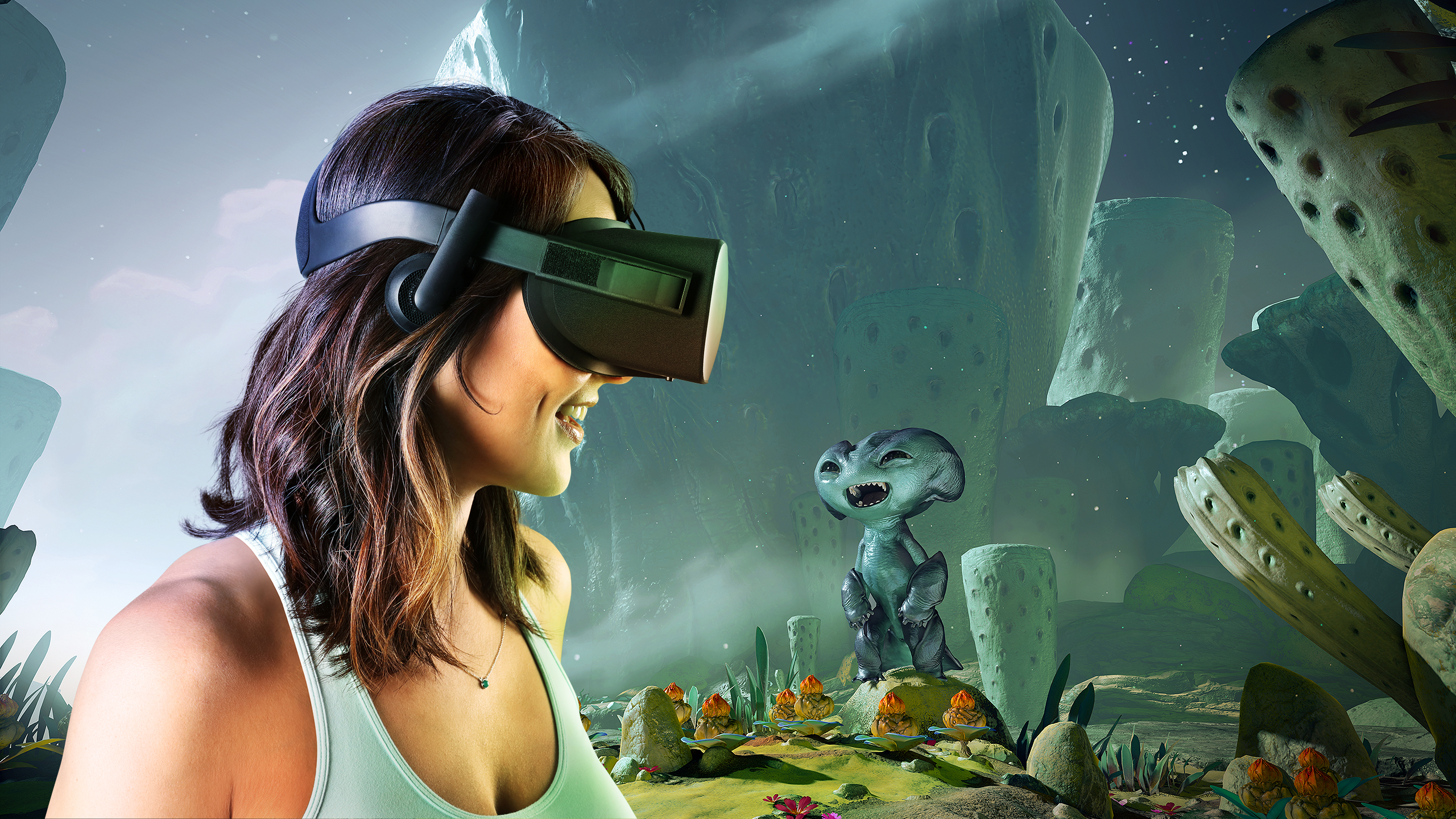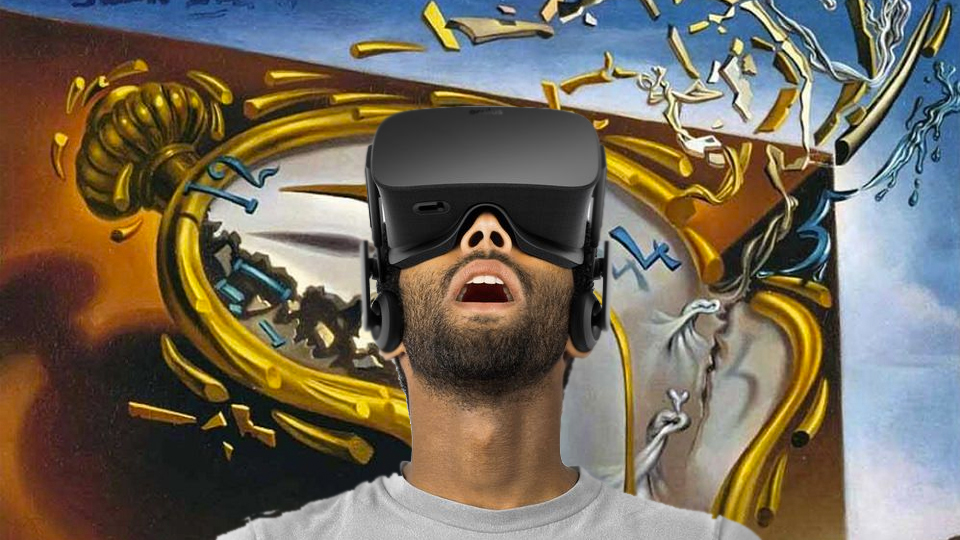HTC Vive vs Oculus Rift: which VR headset is better?
Games
All of this VR headset technology, regardless of the differences under the almost literal hood, is enough to power virtual reality worlds. So which translates into better games?
There were 30 Oculus Rift (and 53 Oculus Touch) launch games, and a whole bunch more arrived subsequently. That count is bound to be significantly higher by the end of 2017, too.
Early Oculus Rift buyers were graced with two of the best pack-in games: a mascot platforming game in the style of a classic Rare game called Lucky’s Tale and a dogfighting space shooter dubbed Eve: Valkyrie. Both have since made their way to non-VR platforms.
Testing Lucky's Tale, we felt like there was finally something new brought to the 3D platformer genre pioneered by Super Mario 64. All of a sudden, looking in all directions for hidden coins opened up a new dimension.
- Here's a list of the 20 best VR games to date
Eve: Valkyrie is vastly different, taking full advantage of VR's 360-degree view, spaceship dogfighting included.
Other notable Oculus games out now include Chronos (an RPG), Radial-G: Racing Revolved (futuristic racer), Pinball FX2 VR (a pinball game) and Star Trek: Bridge Crew from Ubisoft and probably even Resident Evil 7 after its 12-month exclusivity deal with PlayStation.
HTC Vive had some 50 launch window games, but no exclusives (many were also on PC sans VR). This included bundled games Job Simulator and Fantastic Contraption. We enjoyed playing Space Pirate Trainer and Tilt Brush with the Vive headset and its controllers, but HTC's game lineup wasn’t as striking as core gaming experiences of the Oculus Rift.
Sign up for breaking news, reviews, opinion, top tech deals, and more.
That can certainly change, as VR developers have more time to craft engrossing virtual reality gameplay, especially given the native Steam support on the Vive. Bethesda, for instance, is bringing Fallout 4, Doom and Skyrim for VR and, at least on PC, they’re all exclusive to the Vive. As a matter of fact, Fallout 4 is being bundled with the Vive, only reiterating on the partnership.

HTC Vive had some 50 launch window games, but no exclusives (many are also on PC sans VR). This included bundled games Job Simulator and Fantastic Contraption. We enjoyed playing Space Pirate Trainer and Tilt Brush with the Vive headset and its controllers, but HTC's game lineup wasn’t as striking as core gaming experiences of the Oculus Rift.
That can certainly change, as VR developers have more time to craft engrossing virtual reality gameplay, especially given the native Steam support on the Vive. On the other hand, with basically every Vive game now compatible with Oculus, thanks to Oculus Touch, the differences in software are effectively diminished.
System requirements
As expensive as HTC Vive and Oculus Rift are, the hidden cost is in the computer hardware that's required to start playing any of these graphics-intense games.

You're going to need a Windows PC with a beefy GPU for the HTC Vive in particular, whose specs require an Nvidia GTX 970 or AMD Radeon RX 480 graphics card at a minimum. That's at least $200 (about £158, AU$268) for the graphics card alone. The Oculus Rift, on the other hand, is a little less demanding, calling for at least an Nvidia GTX 960.
Then there's the processor and RAM. The Oculus Rift minimum requirements call for an Intel Core i3-6100 or AMD FX-4350 minimum and 8GB of RAM. HTC Vive is a little more lenient, calling for that Intel Core i5-4590 or an AMD FX-8350 or greater, and you can squeak by on 4GB of RAM.
Other prerequisites for Oculus Rift include two USB 3.0 ports and an HDMI 1.3 port or better. HTC Vive only needs one USB port and wants either an HDMI 1.4 or DisplayPort 1.2 or better, though overall, the barrier of entry is rather steep.
Fortunately, the HTC Vive will soon be supported on Macs too – at least for developers. Due to Metal 2 optimizations done by Apple, the SteamVR SDK will soon be supported in addition to Unity and Unreal, two of the most commonly used VR engines.
Comparatively speaking, Oculus Rift isn’t getting the same treatment any time soon. While you might have expected Facebook to follow suit, Oculus founder Palmer Luckey said Oculus Rift support won’t come to Mac until Apple makes “a good computer.” More recently, an Oculus spokesperson told Road to VR that they have “no news on macOS support at this time.”
While the average Mac user won’t reap the benefits of Vive support right away, it is comforting to know that it’s bound to happen at some point in the future. At the same time, it’s worrying to see Oculus’ complete dismissal of the platform, especially as the iMac Pro blows most consumer PCs out of the water when it comes to performance.
Price and availability
You clearly want a virtual reality future, but you know it comes at a cost. Price reductions have brought VR headsets into the realm of a bit more manageable, but you're still forking over a few hundred dollars/pounds for a headset.
That doesn't include the cost of a PC or accessories, expenses that drive up the cost further.

The HTC Vive price was only recently reduced and now sits at $499 / £499 (about AU$615). That's how much it costs before shipping and without a PC, remember. However, that's less expensive than the new HTC Vive Pro, which costs $799 / £799 (about AU$1,015).

Oculus Rift, meanwhile, costs $399 / £499 / AU$549 now – Touch controllers included but, again, that's without the shipping charge and a PC to go along with it. That’s notably $200 more than the $199 (about £150, AU$255) Oculus Go, which drops the external tether requirement altogether in favor of a more travel-friendly design, albeit with lower specs.
Conclusion
There's a lot that goes into an HTC Vive vs Oculus Rift comparison and that ultimate decision, more so than even our PS4 vs Xbox One debate. That's because VR headsets are still in the early stages, even after two years on the market.
That's because developers and manufacturers are still figuring out the best applications and uses for VR, all the while introducing new hardware to supplement the original VR offers.

The good news is that Oculus Rift interest is strong, as were its games out of the gate. You're getting a powerful virtual reality headset for a price cheaper than the Vive. That's a big plus, unless of course Rift's more stringent processor and video output requirements add more to your bill than the savings are worth.
HTC Vive, on the other hand, is a futuristic-looking headset that's a little more set to last with a front-facing camera, room-scale VR and a new lower price.

You pay HTC for that extra technology, though, again, it's less than when the Vive originally launched.
Still, $499 is a price that will pull the plug on virtual reality for many eager gamers with a smaller budget. Not that $399 is a small amount, either.
At the end of the day, you really can't go wrong with either VR headset. They're both mightily impressive, and have tremendous support, whether it's from Facebook or Valve. Which one is best for you really comes down budgetary restrictions and the type of immersive games you want to play. Of course, the question of "which should you buy" will only get muddied when the Oculus Go and HTC Vive Pro launch in 2018.
- The VR headset for your console: PlayStation VR
- 1
- 2
Current page: Games, system requirements, price and conclusion
Prev Page Hardware, design and controllers


